Our FORTE CULTURA travel recommendation
Route of military history and remembrance in Alsace (page 3/4)
Developed by FORTE CULTURE Partner Alsace Destination Tourisme (ADT).
Wenn du dies siehst, nachdem deine Seite vollständig geladen wurde, fehlen leafletJS-Dateien.
25 French national necropolis of Duchesne
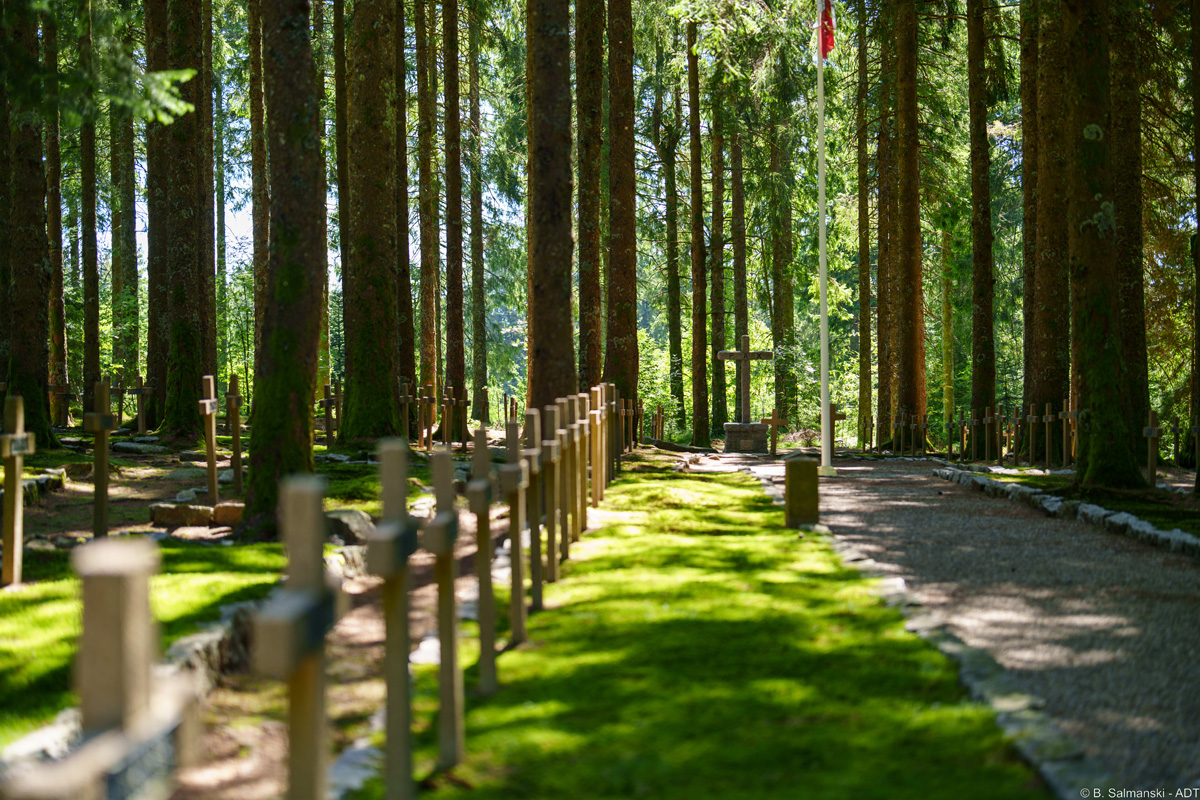
Located at the foot of Tête des Faux, the Carrefour Duchesne national necropolis holds 294 graves and an ossuary of 116 soldiers, remnants of fierce WWI battles. Its unique layout and exceptional natural setting set it apart. Named after Commander Duchesne, it is a UNESCO World Heritage site.
68370 Orbey/Le Bonhomme
(Image ©B. Salmanski ADT)
26 German and French steles on the Petit Donon
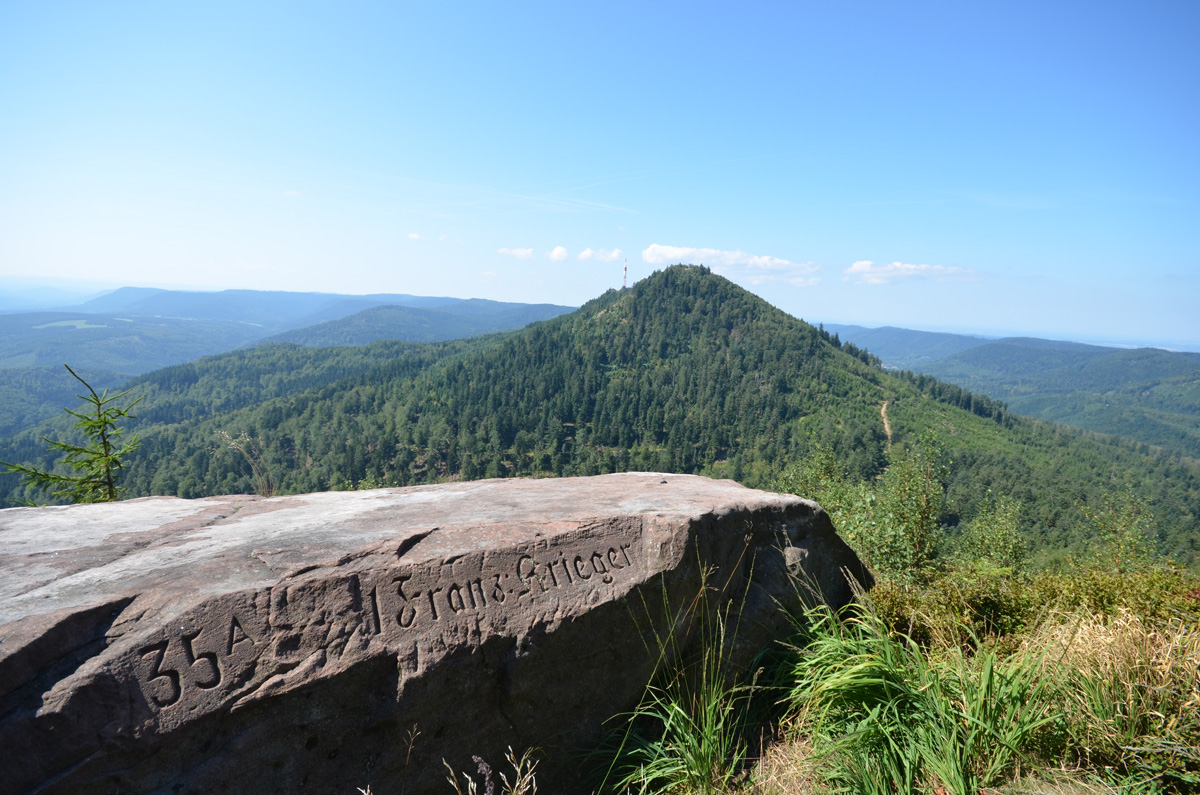
The Battle of Donon (20–21 August 1914) marked the start of the French retreat. In 12 hours of fierce fighting, 500 to 2,000 soldiers died. In 1916, German authorities erected 180 pink sandstone steles in memory of fallen French and German troops. Once a battlefield, the Petit Donon is now an open-air necropolis. The site is listed as a UNESCO World Heritage site.
67130 Wisches
(Image ©Florian Hensel)
27 Esch casemate
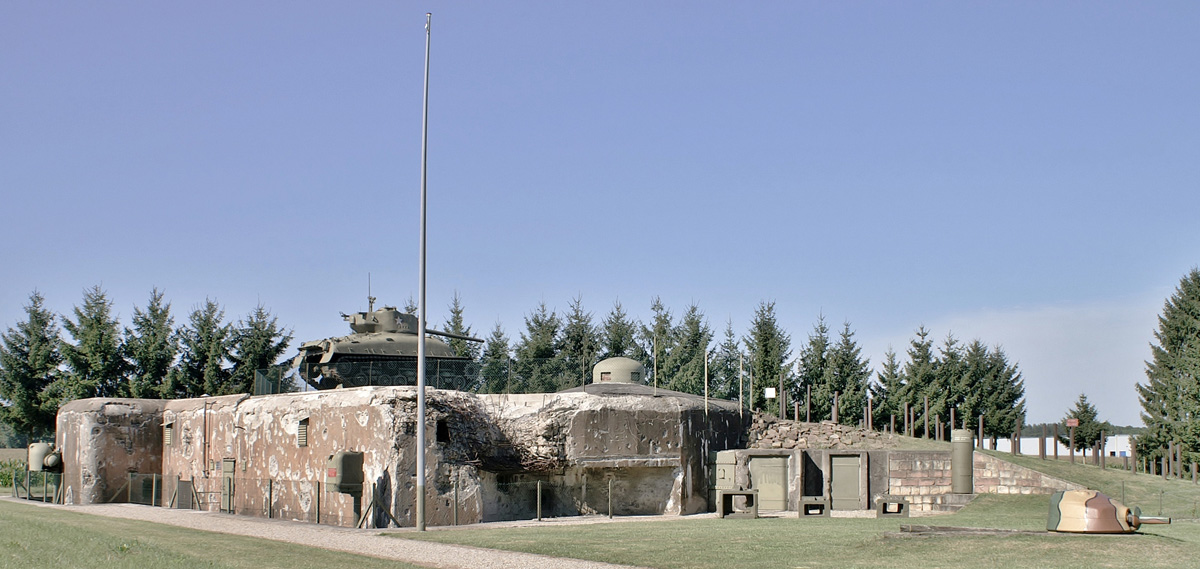
Located on the edge of Hatten, the Esch bunker museum presents its role in the Maginot Line, the 1939–40 campaign, and the January 1945 battle of Hatten-Rittershoffen—the last major tank battle of WWII. Manned by the 23rd Fortress Infantry Regiment in 1939–40, the bunker was attacked by both German and American forces. Combat scars remain visible on the structure.
67690 Hatten
www.lignemaginot.com
(Image ©AALMA)
28 Casemate Rieffel
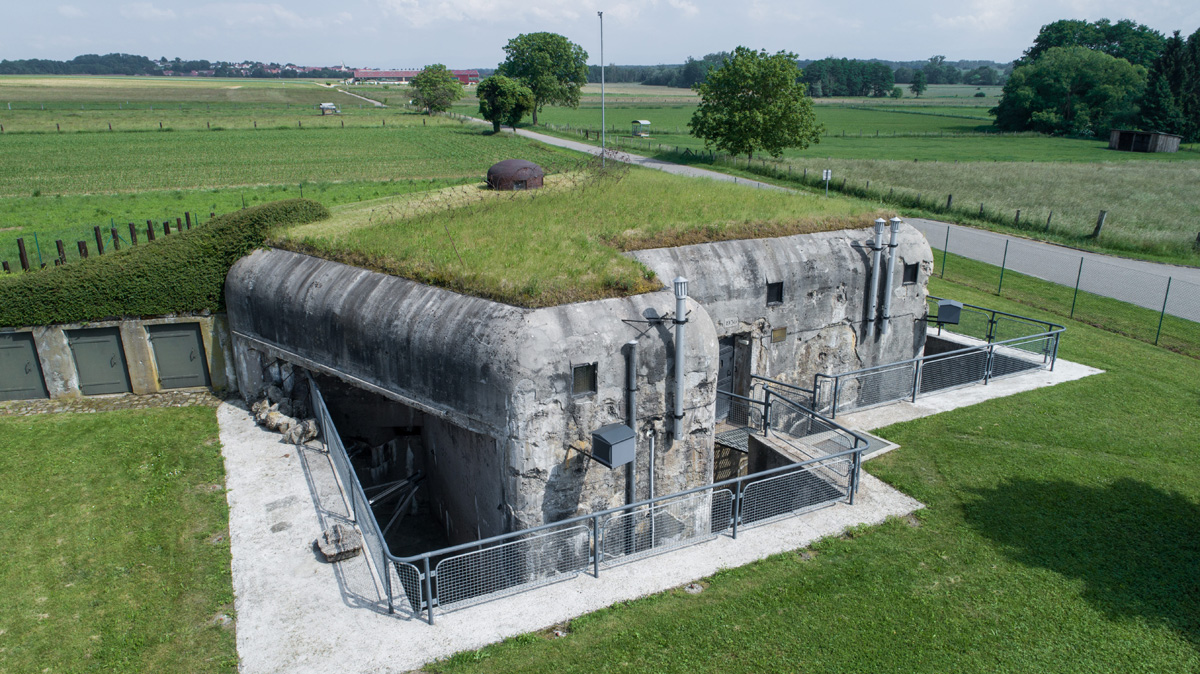
This Maginot Line bunker is one of five fortifications defending Oberrœdern, located between the Schœnenbourg artillery fort and the Hatten shelter. Built in 1930 with two levels, it housed 24 men. One of the sector’s first, it was attacked in June 1940 and again in January 1945. Like the other four bunkers in the village, it still bears visible marks from those battles.
67250 Oberroedern
www.casemate-rieffel.fr
(Image ©Casemate Rieffel)
29 Fort Schoenenbourg
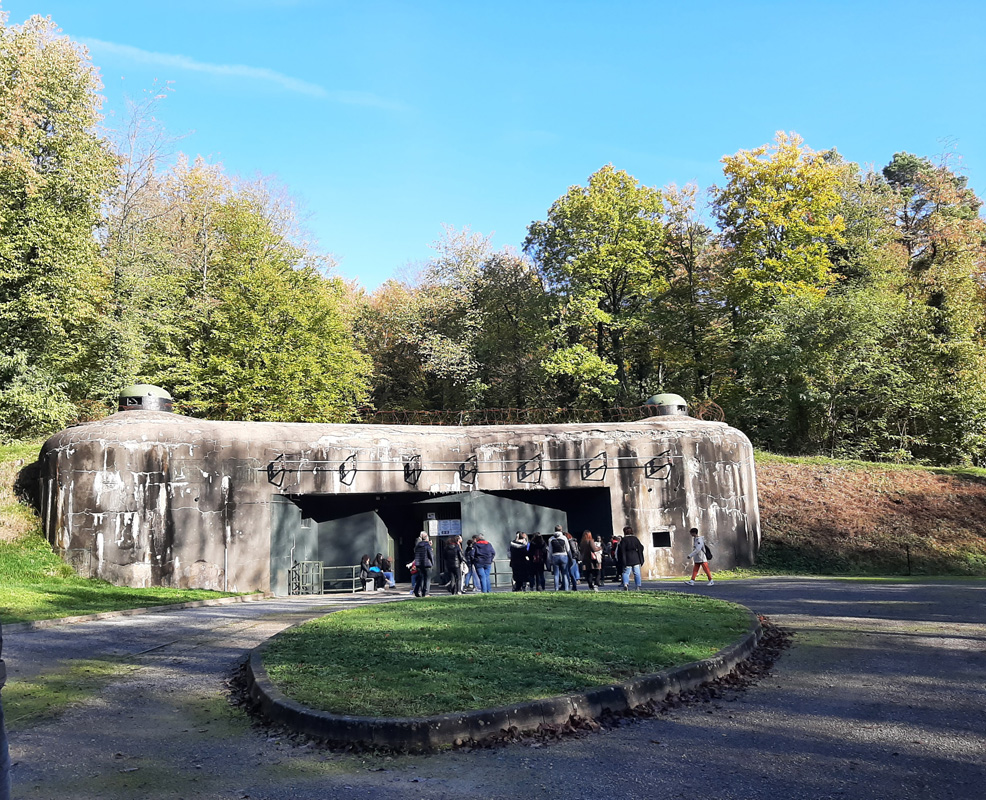
With 3 km of tunnels 30 m underground, Schœnenbourg fort shows how a major Maginot Line fortress operated: barracks, kitchen, infirmary, power plant. Combat blocks lie 1 km from the entrances. It housed up to 630 men. In June 1940, it was the most heavily bombed Maginot fort but remained undefeated. Listed as a historic site, it surrendered only six days after the armistice, by order of the French High Command.
67250 Hunspach
www.lignemaginot.com
(Image ©M. Klein - ADT)
30 Musée de l'Abri Hatten
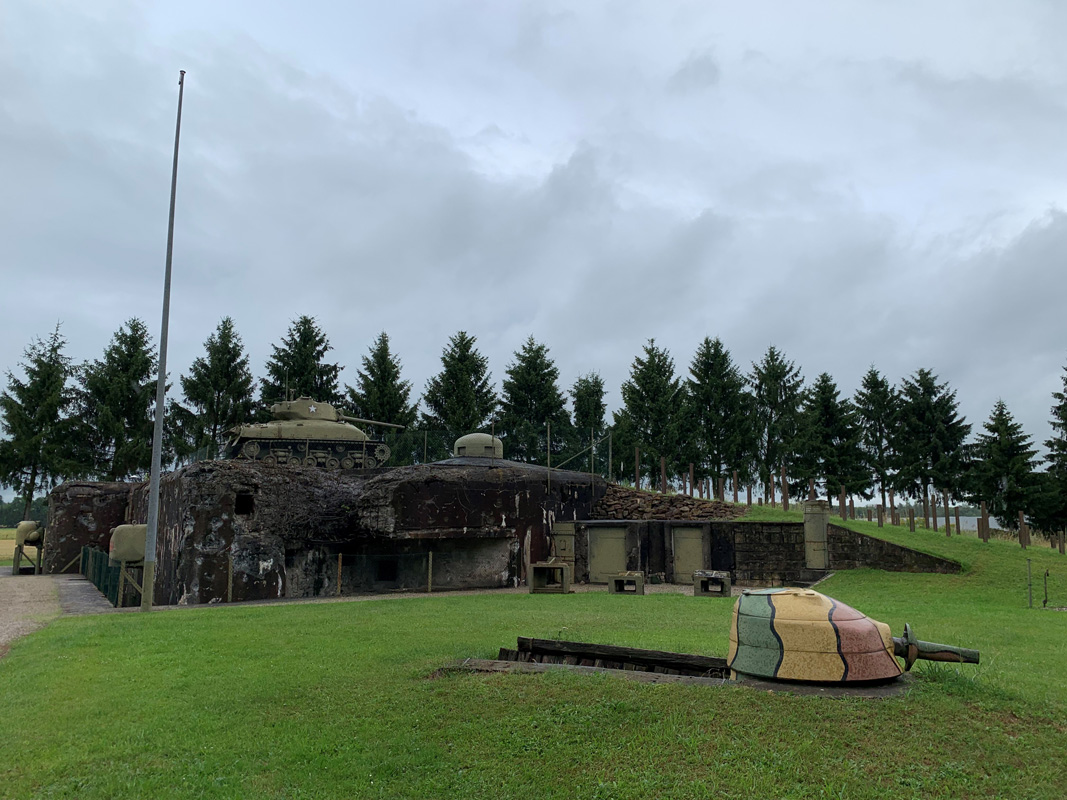
Located 1 km behind the Maginot Line, the bunker served as a barracks for 240 men. 28 rooms have been restored or turned into exhibits. Outside: military equipment (1939–present), model displays, a “Malgré-Nous” section, and a hall with German and US gear. The museum recalls the January 1945 battle of Hatten during Operation Nordwind. The Memorial Forest with 114 trees honors civilian victims from Hatten and Rittershoffen, largely destroyed during the fighting.
67690 Hatten
www.abrihatten.fr
(Image ©C. Million-Huncker - ADT)
31 Musée Mémorial de la Ligne Maginot du Rhin
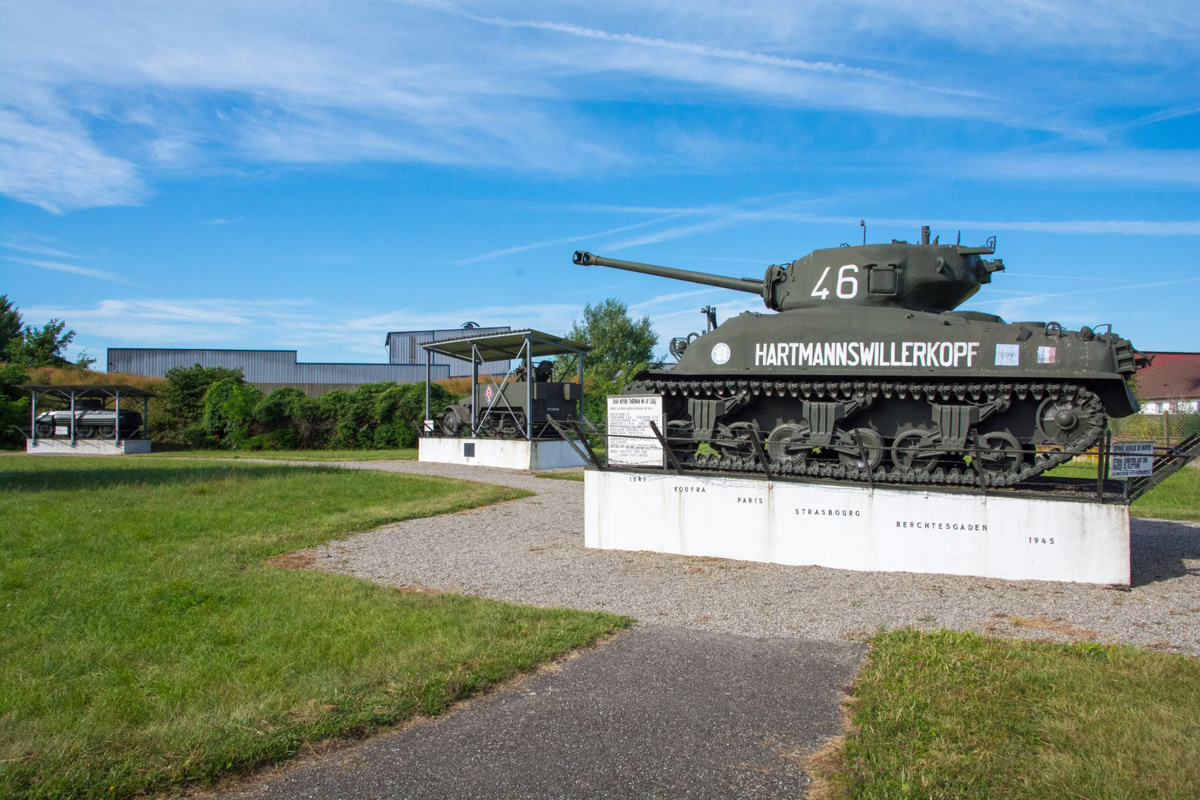
The Maginot Line is named after War Minister André Maginot, who secured funding in 1930. “Concrete is better and cheaper than breastworks,” he said. The Marckolsheim casemate is a standard bunker with two firing chambers, protecting a key Rhine crossing. Now a memorial, it recalls the fierce battles of June 15-17, 1940, during which Marckolsheim was over 80% destroyed.
67390 Marckolsheim
www.grandried.alsace
(Image ©Photo Club du Ried)
32 Ouvrage du Four à Chaux - Ligne Maginot
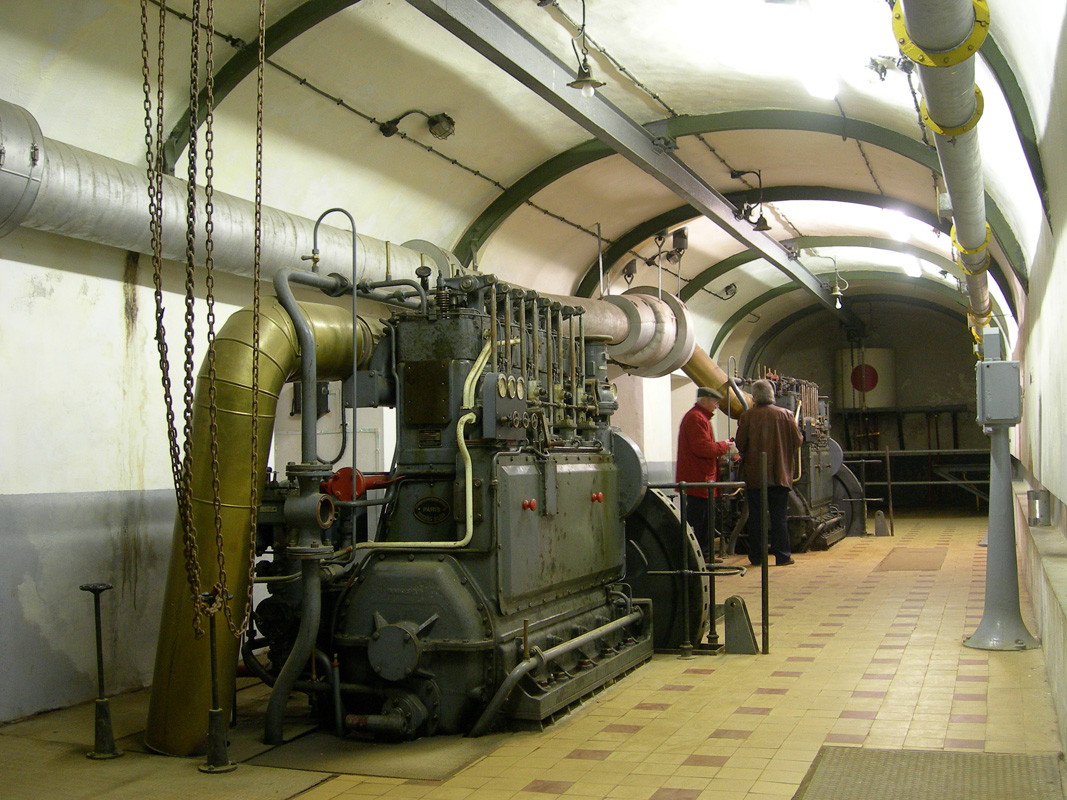
Overlooking the Sauer valley, the Four à Chaux fort near Lembach includes 5 km of tunnels, 30 m underground, once home to 624 men. Attacked in June 1940, it resisted five days after the armistice. Germans later stripped it for Atlantic Wall use. With entrances 24 m apart, a sloped passage links them. Visitors discover soldiers’ life—dorms, kitchens, infirmary.
67510 Lembach
www.lignemaginot.fr
(Image ©C.FLEITH - ADT)
33 Bornes du Serment de Koufra en Alsace
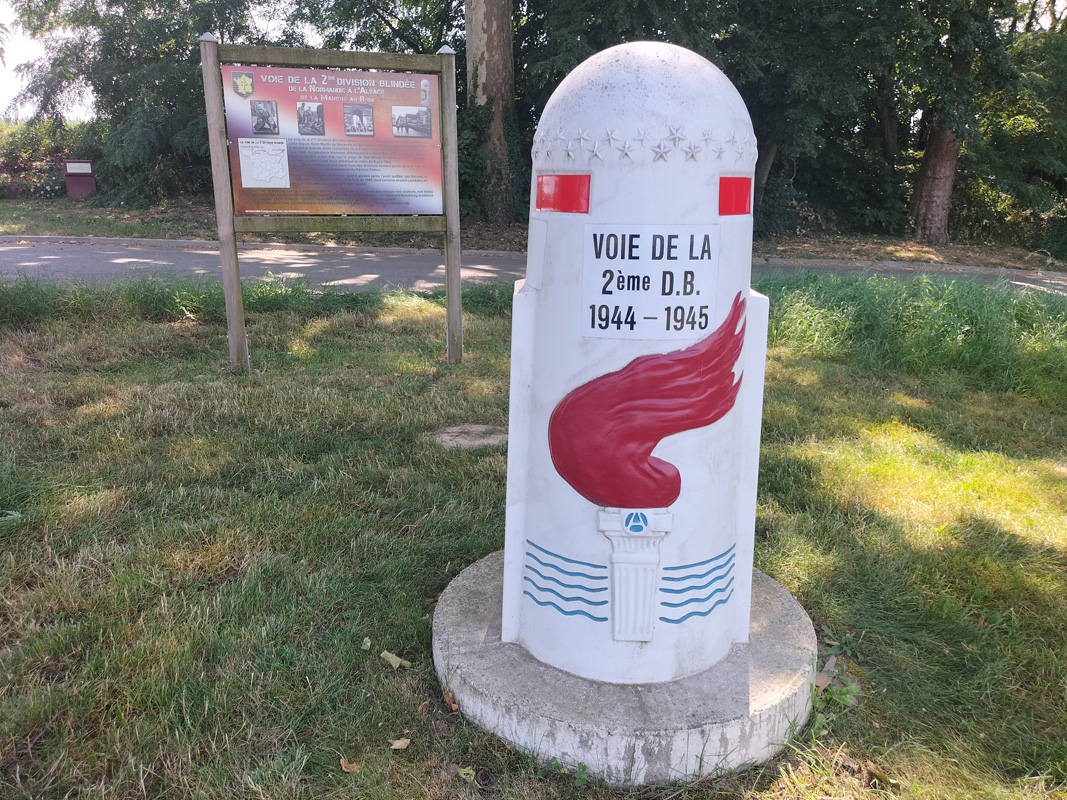
The Koufra Oath markers in Alsace symbolize General Leclerc and the 2nd Armored Division’s vow to liberate Strasbourg in 1944. They trace the route from Normandy to Alsace, recalling the 1941 promise after Koufra’s victory: “Swear not to lay down arms until our beautiful colors fly over Strasbourg Cathedral.” These markers honor the bravery of French soldiers and their commitment.
Alsace
Weblink
(Image ©F. Fessler - ADT)
34 Former Natzweiler-Struthof concentration camp
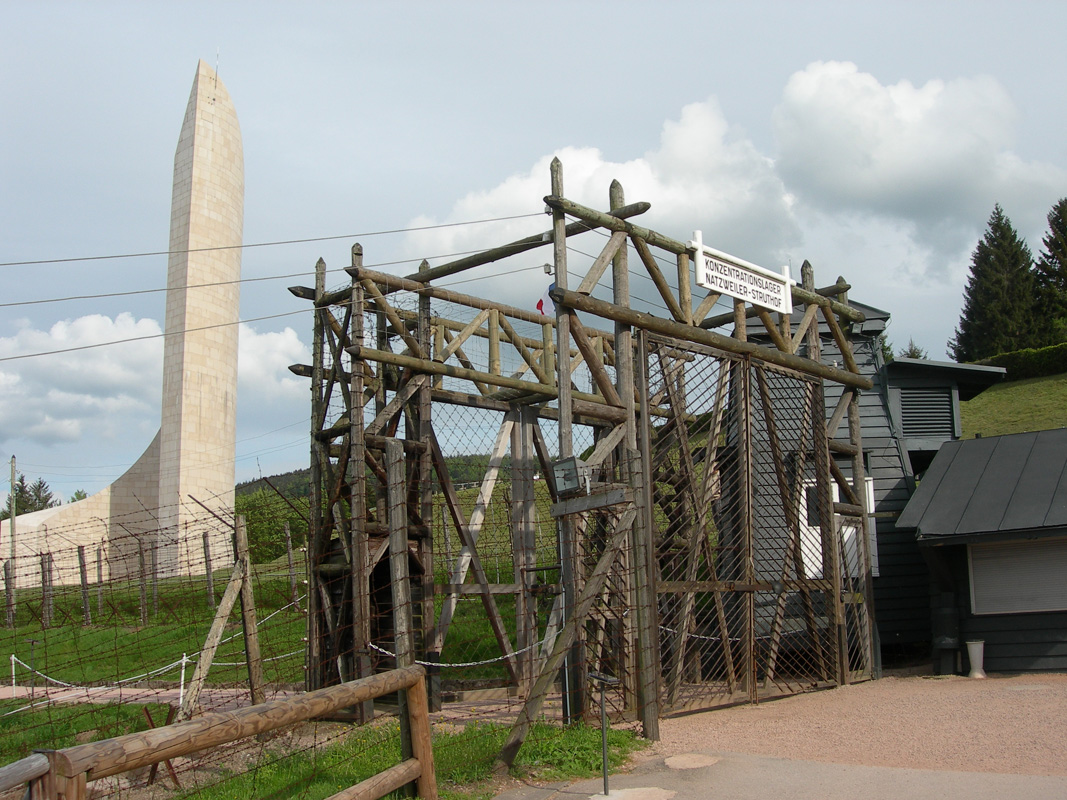
The Natzweiler camp opened in 1941 to supply forced labor to the Reich. 52,000 people were deported there; one-third died. Several buildings remain, including the prison, crematorium, and a museum. The gas chamber, 1.5 km away, is also open to visitors. In 2005, the European Centre of Deported Resistance Fighters was inaugurated, with a permanent exhibition on Nazism and resistance, as well as educational and temporary exhibition spaces.
67130 Natzwiller
www.struthof.fr
(Image ©Fleith - ADT)
35 German military cemetery 1939/1945
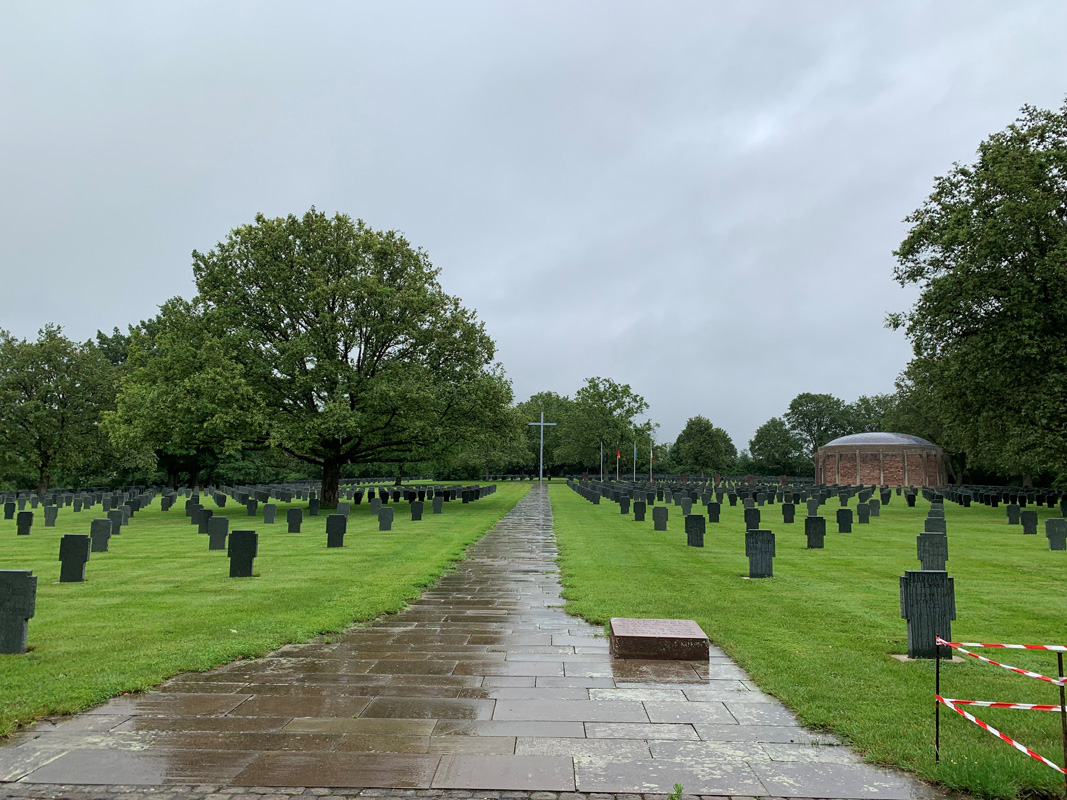
Largely spared during WWII, Niederbronn-les-Bains became, in 1966, the site of a German military cemetery with 15,809 burials, following transfers begun in 1961. In 2009, the Albert Schweitzer Centre opened the permanent exhibition “Fates of War,” presenting 12 personal stories chosen from among the many victims of the conflict.
67110 Niederbronn-les-Bains
(Image ©C. Million-Hunckler - ADT)
36 German military cemetery 1939/1945
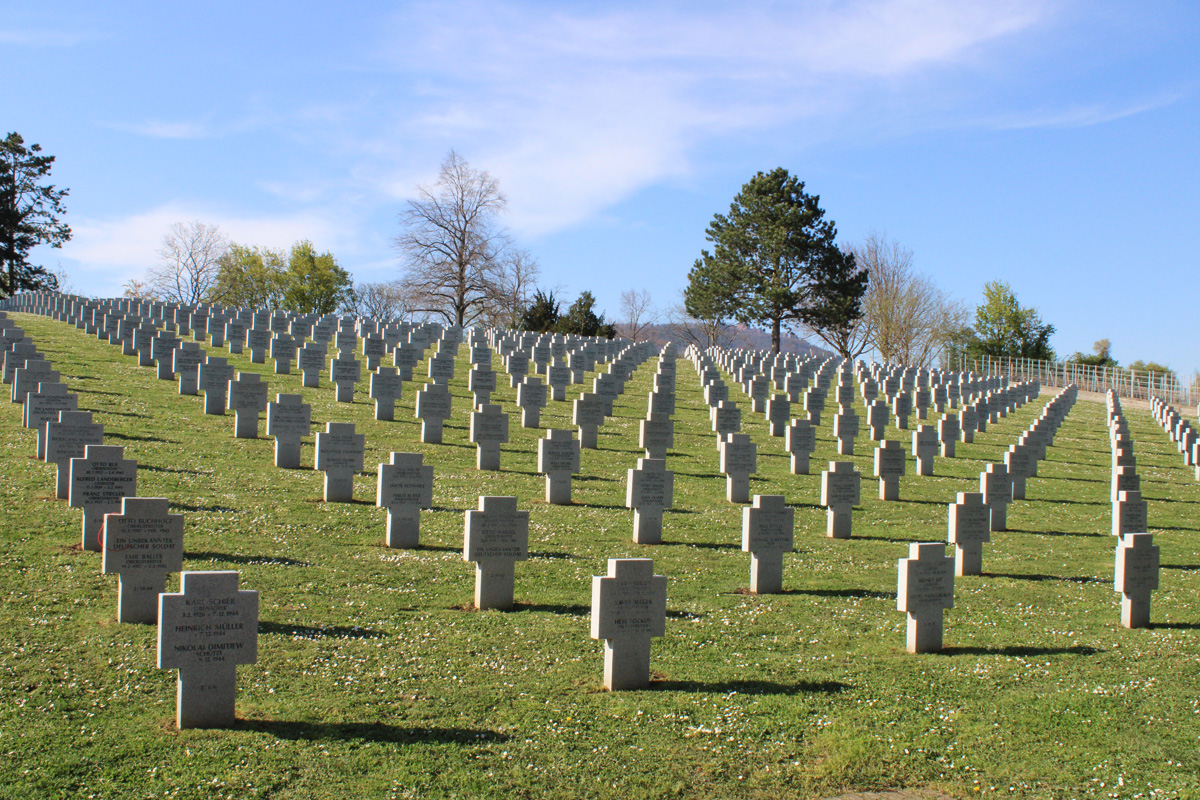
The German military cemetery at Bergheim, located on Grasberg at 337 m altitude, covers nearly 5 hectares in four sections. It holds the graves of 5,309 soldiers, mostly fallen during the winter 1944-45 fighting in southern Alsace. Originally buried in 225 locations across Haut-Rhin, their remains were consolidated here. The cemetery was inaugurated on June 7, 1975.
68750 Bergheim
www.volksbund.de
(Image ©F. Fessler - ADT)

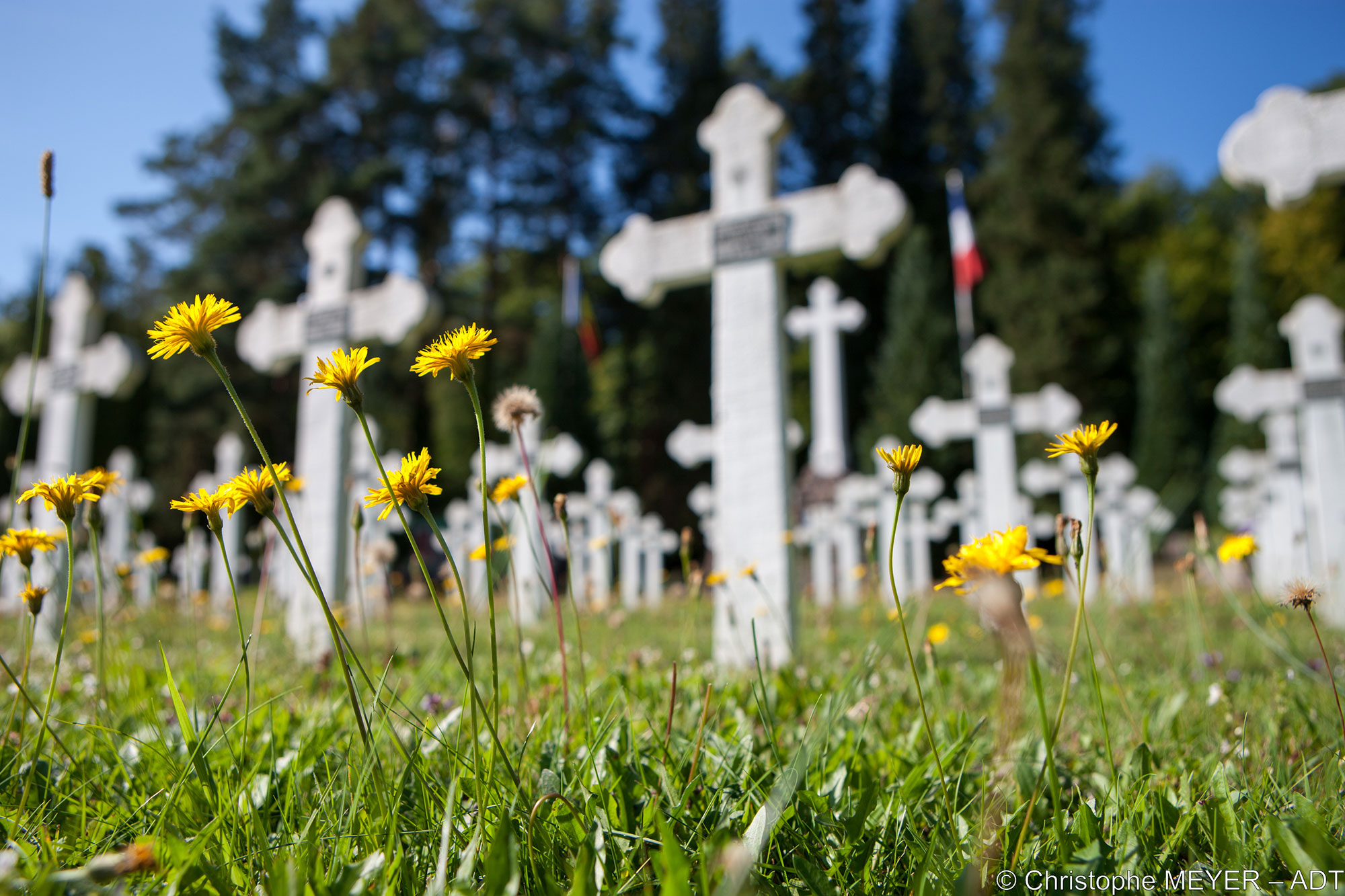
Schreibe einen Kommentar